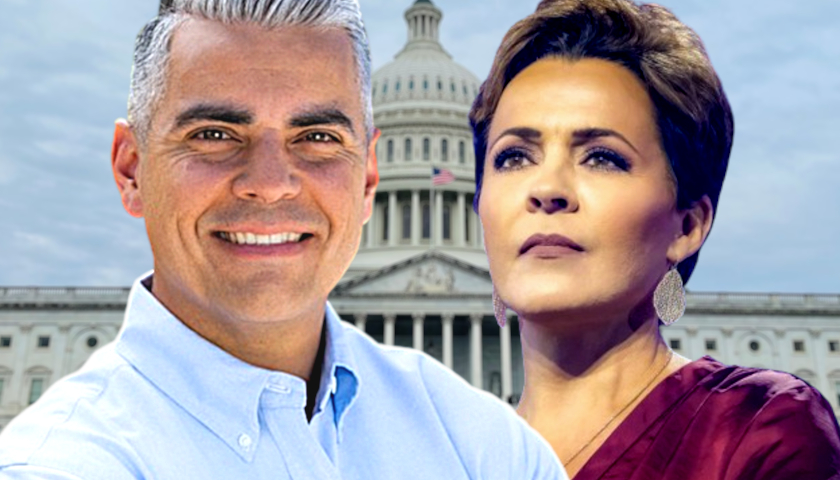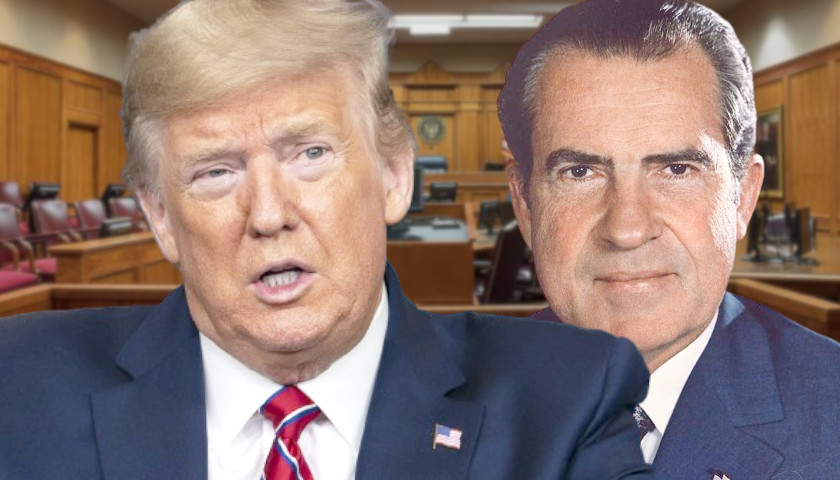Pennsylvania’s Independent Fiscal Office (IFO) on Monday issued a report on the state’s economy indicating COVID-era restrictions continue to make a negative impact.
The IFO composed the report to inform lawmakers as they begin a series of state budget hearings this week. The agency observes that the Keystone State’s labor-force-participation rate is at its lowest in 37 years and forecasts that jobs numbers won’t return to their December 2019 apex for at least another three years.
Payroll jobs in Pennsylvania reached an all-time high of more than 6.1 million just over two years ago and plummeted to about 5.1 million in mid-2020 after Governor Tom Wolf (D) imposed workplace lockdowns in response to the spread of COVID-19. Last December, payroll jobs totaled just under 5.9 million, about the same number of jobs that existed in 2007. The federal Bureau of Labor Statistics projects that payroll employment will rise to about 6.05 million in December 2024, still shy of the 2019 figure.
And while the jobs numbers show a slow recovery, the labor-force-participation rate dived from 64 percent in mid-2019 to 59.8 percent in December 2021.
Temporary employment-service work has suffered the greatest loss over the last two years in Pennsylvania, with a drop of 33,000 positions. Full-service restaurant jobs took the second-biggest hit (30,000 lost), followed by nursing and residential care (28,000), accommodations (17,000) and amusements and gaming (15,000).
Some affected industries did see modest gains, foremost in warehousing and storage, which grew by 21,000 positions. Couriers and messengers saw the second-highest expansion (15,000 jobs gained), followed by real estate (4,000) and retail building and gardening (4,000).
Lockdowns and capacity restrictions ceased many months ago in Pennsylvania, but a major factor in outstretching the unemployment they caused has been the federal enhancement of unemployment benefits. As part of the American Rescue Plan (ARP) enacted in March 2021, eligibility for unemployment insurance (UI) was expanded and $300 was added to weekly state jobless benefits. Pennsylvania is among 25 states that stopped participating in either the eligibility expansion or the supplemental UI payment before last September.
Last December, researchers at the nonprofit National Bureau of Economic Research (NBER) found that the share of 25-to-54-year-old jobless Americans who found jobs in states that discontinued both of the pandemic-related UI programs rose by approximately 14.4 percent last July and August, relative to the share in states that nixed neither program. The NBER study paralleled findings by University of Chicago economist Casey Mulligan, who determined that states that didn’t cancel the expanded unemployment benefits last July or earlier would have seen their workforces grow by a total of 850,000 in the two months that followed.
The IFO report moreover discussed inflation’s impact on Pennsylvanians. The consumer price index (CPI) indicating the average year-over-year increase in prices for Philadelphia was 4.9 percent overall last June and 6.6 percent overall last December.
Inflation was particularly acute regarding energy costs, whose share of Philadelphia’s CPI was 25.1 percent last December over the prior year. Meanwhile, year-over-year CPI for durable goods in the city was 19 percent.
And incomes are largely not keeping up with inflation: Year-over-year wage growth in the fourth quarter of 2021 was merely 5.4 percent.
The ongoing stream of unhappy news about the economic impact of the COVID countermeasures is particularly dismal against the backdrop of last month’s Johns Hopkins University analysis concluding that the lockdowns had scant effect on coronavirus mortality rates.
– – –
Bradley Vasoli is managing editor of The Pennsylvania Daily Star. Follow Brad on Twitter at @BVasoli. Email tips to [email protected].








